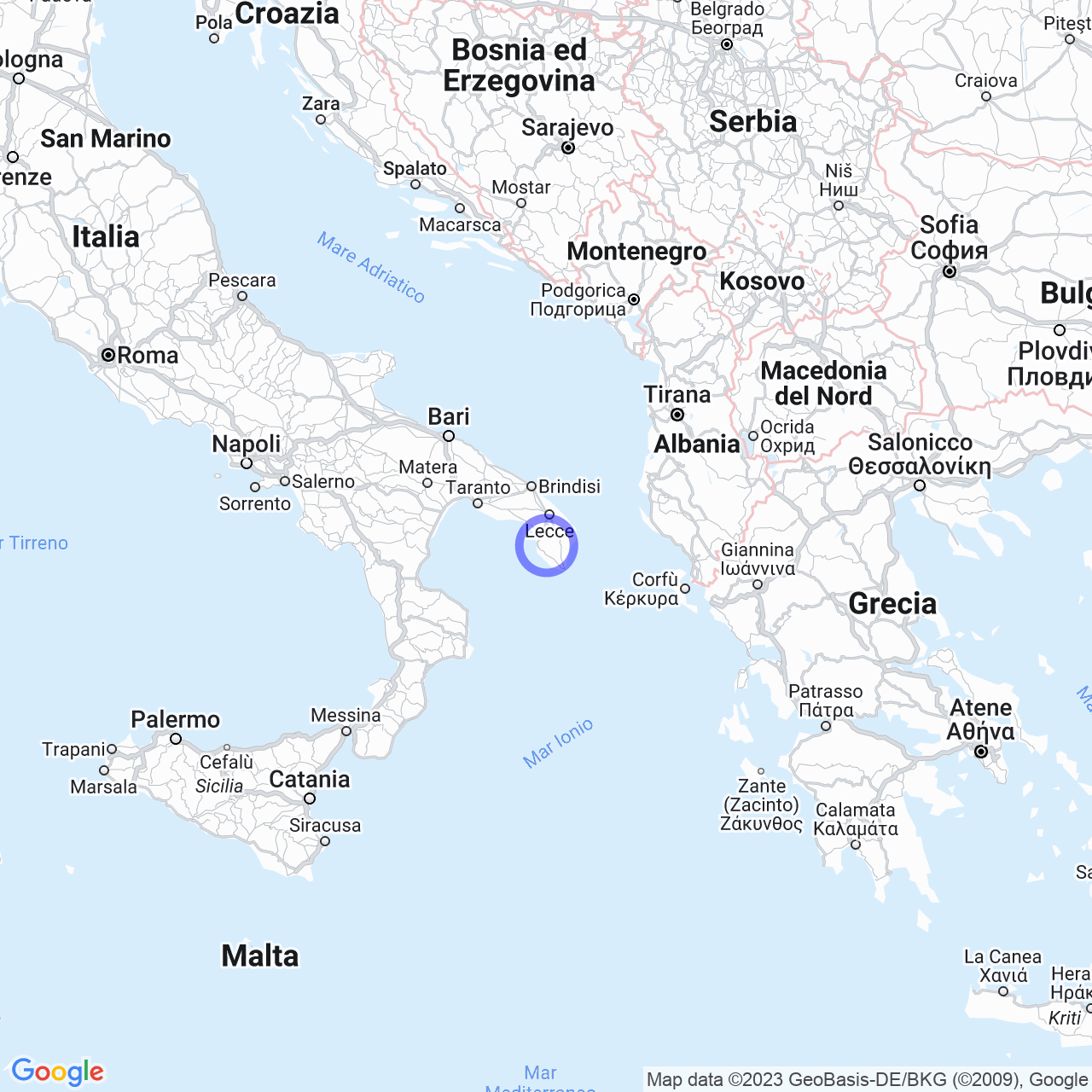Parabita
Welcome to Parabita!
Hi everyone, today I'm going to talk about Parabita, a town in the province of Lecce in Puglia, Italy. This Salento town has a population of about 8,757 people and is located in the inland of Salento, east of Gallipoli. Parabita has an ancient history, with probably Norman origins, but what makes it even more interesting are the archaeological treasures found in its territory.
Physical geography
The total area of the municipality is and extends between and , with a great variety of terrains. The Serra di Sant'Eleuterio, which is the highest mountain in the area, reaches a height of . The territory is mainly karst, which means that it is based on carbonate rocks and lacks surface water bodies. The so-called 'voras', natural cavities, are numerous and give rise to underground water streams. Parabita borders with Tuglie, Neviano, Collepasso, Matino, and Alezio. Seismically, the town is located in a very low seismic zone, making the area safe in terms of potential risks.
The climate of Parabita is Mediterranean, with hot and humid summers and mild winters. The average temperature is around in January, while in August it reaches . Annual rainfall amounts to about , with a peak in autumn and winter. The city is relatively protected from western currents thanks to the Salento hills, but the arrival of autumn and winter currents from the southeast increases the rain.

Origin of the name
There is still uncertainty about the origin of the name Parabita, but there are several hypotheses. One of them suggests that the toponym derives from ancient Greek, meaning "around the walls" or "within the walls." Another explanation argues that the name may be correctly translated as "supporting soldier to the cavalry." There is also a third hypothesis, that there was a city called Bavota, but this hypothesis is now considered unlikely. In truth, the name 'Bavota' could also be the wrong transcription of the Greek name of the city of Vaste, Bausta, where the upsilon is exchanged for a "V" and the sigma for an "O."
Archaeological treasures of Parabita
In addition to its natural beauty, Parabita hosts the famous archaeological site of the Venus of Parabita, an important finding of two statuettes in ox bone representing paleolithic venuses. These venuses, dating back to about 30,000 years ago, are considered invaluable treasures that provide important information about life at that time. Other attractions include the Church of Madonna del Rosario, an eighteenth-century Baroque church, and the Church of Sant'Eleuterio, an important place of worship for the community. Moreover, there are many activities like town festivals and local cuisine festivals to try.
Conclusions
Parabita is a hidden gem in the heart of Salento. Its archaeological treasures, natural beauty, and local culture make it an ideal place for those looking for an authentic visit to Italy. The city has much to offer, from mountain excursions to exploring the wonders of archaeology, and don't forget to taste the delicious local cuisine and participate in the town festivals. Come and visit Parabita and discover why this city is a treasure of Puglia!
